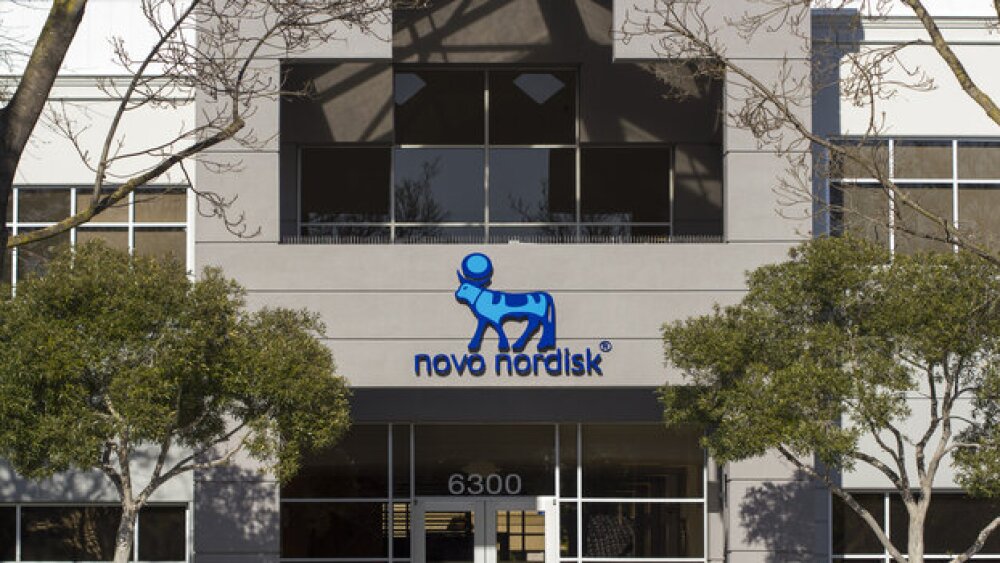Johnson & Johnson on Wednesday reported late-stage trial data showing its first-in-class orexin receptor antagonist reduced major depressive disorder symptoms as an adjunctive treatment in patients with insomnia.
J&J announced Wednesday its late-stage experimental drug seltorexant met all primary and secondary endpoints in a Phase III study of patients with major depressive disorder with insomnia symptoms.
Seltorexant, a selective antagonist of the orexin-2 receptor, showed both a statistically significant and clinically meaningful improvement in depressive symptoms based on the Montgomery-Asberg Depression Rating Scale (MADRS) total score at day 43, while improving sleep disturbance outcomes in patients who had a prior inadequate response to SSRI/SNRI antidepressants alone. The drug was safe and well-tolerated, with similar rates of adverse events across both treatment and placebo arms, according to J&J.
The results are being presented at this week’s American Society of Clinical Psychopharmacology (ASCP) annual meeting in Miami.
Instead of including all MDD patients in the trial in an all-comers approach, J&J utilized a precision-based strategy targeting those also suffering from insomnia. Around 60% of major depressive disorder (MDD) patients suffer from insomnia symptoms, despite standard-of-care treatment with oral antidepressants.
“Seltorexant has the potential to fill a significant unmet need for new therapies to treat patients experiencing depression and insomnia, and most importantly, to improve outcomes and quality of life for these patients,” Andrew Krystal, psychiatry professor at University of California, San Francisco Weill Institute for Neurosciences, said in a statement.
J&J has another MDD candidate in a Phase III trial—a kappa-opioid receptor antagonist for MDD patients suffering from anhedonia, the inability to feel pleasure and interest in life.
This targeted-patient strategy is gaining traction as J&J and biotech Alto Neuroscience attempt the improve the low success rate for psychiatric drugs with a precision approach. While J&J is choosing patients based on specific symptoms, Alto is utilizing biomarkers like cognitive tests and brain scans to identify the right patients for their MDD asset.
At ASCP, J&J is also presenting data from a Phase IV study of Spravato, its already-approved nasal spray for adults with treatment-resistant (TRD) and MDD with suicidal thoughts or actions as an adjunctive treatment. The study is testing the ketamine-based drug as a monotherapy for TRD. Meaningful improvements to depressive symptoms were seen in less than 24 hours after the first dose and sustained through four weeks of treatment.
While the drug’s efficacy is “exciting,” the issue is the delivery and required safety monitoring, Graig Suvannevejh, senior biopharma and biotech equity research analyst at Mizuho Americas, told BioSpace in a previous interview. Patients go into a doctor’s office to receive the nasal spray, then stay and be monitored for two hours before being allowed to leave. “It’s not a user-friendly drug,” Suvannevejh said, noting that it can still be a very good option for a hard-to-treat population.
Kate Goodwin is a freelance life science writer based in Des Moines, Iowa. She can be reached at kate.goodwin@biospace.com and on LinkedIn.






